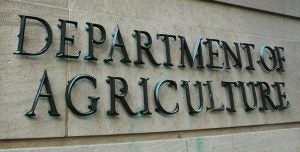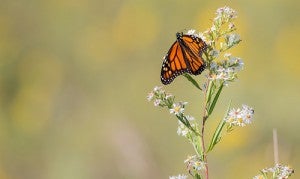This week, the Senate advanced a farm bill that includes many important provisions for conservation on America’s working farms, ranches and forestlands. Among these provisions is language codifying the Working Lands for Wildlife program that helps farmers and ranchers restore habitat for at-risk wildlife. It’s the first time the program has been formally recognized in the farm bill.
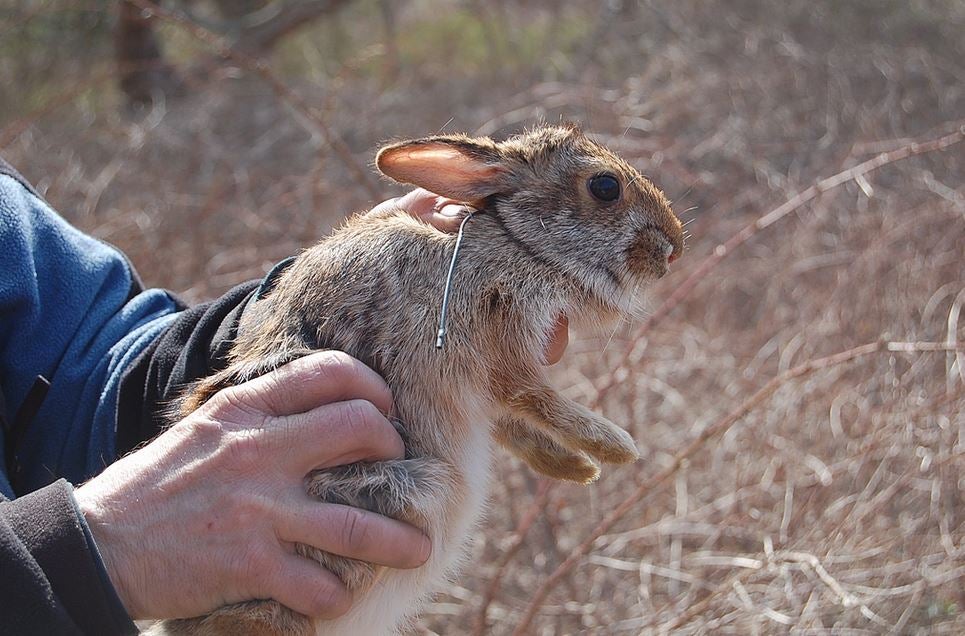
Thanks to the work of private landowners, conservation groups, tribes, and state and government agencies, the U.S. Fish and Wildlife Service decided in September 2015 to remove the New England cottontail from the endangered species candidate list due to recovery. (Photo credit: Brian Tefft, Principal Wildlife Biologist at Rhode Island Division of Fish and Wildlife.)
Through the Natural Resources Conservation Service program, USDA provides technical and financial assistance to landowners who voluntarily make improvements to wildlife habitat on their property. The U.S. Fish and Wildlife Service pairs this with regulatory predictability under the Endangered Species Act.
It’s a win-win approach for improving agricultural productivity while enhancing habitat for wildlife.










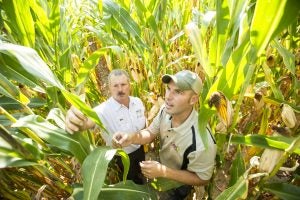
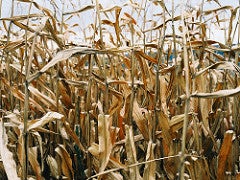
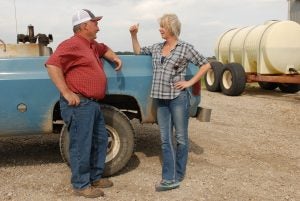 Yesterday, U.S. Department of Agriculture Secretary Sonny Perdue announced a
Yesterday, U.S. Department of Agriculture Secretary Sonny Perdue announced a  The U.S. Senate will confirm the Secretary of Agriculture today, empowering former Georgia Governor Sonny Perdue to lead an agency with a $155 billion budget, some 100,000 employees and ultimate responsibility for our nation’s food security.
The U.S. Senate will confirm the Secretary of Agriculture today, empowering former Georgia Governor Sonny Perdue to lead an agency with a $155 billion budget, some 100,000 employees and ultimate responsibility for our nation’s food security.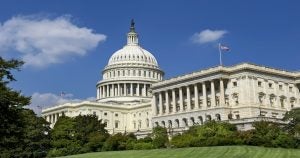 Despite growing up without any real interest in conservation or farming, I now spend every working day knee deep in agricultural policy – and I love it.
Despite growing up without any real interest in conservation or farming, I now spend every working day knee deep in agricultural policy – and I love it.